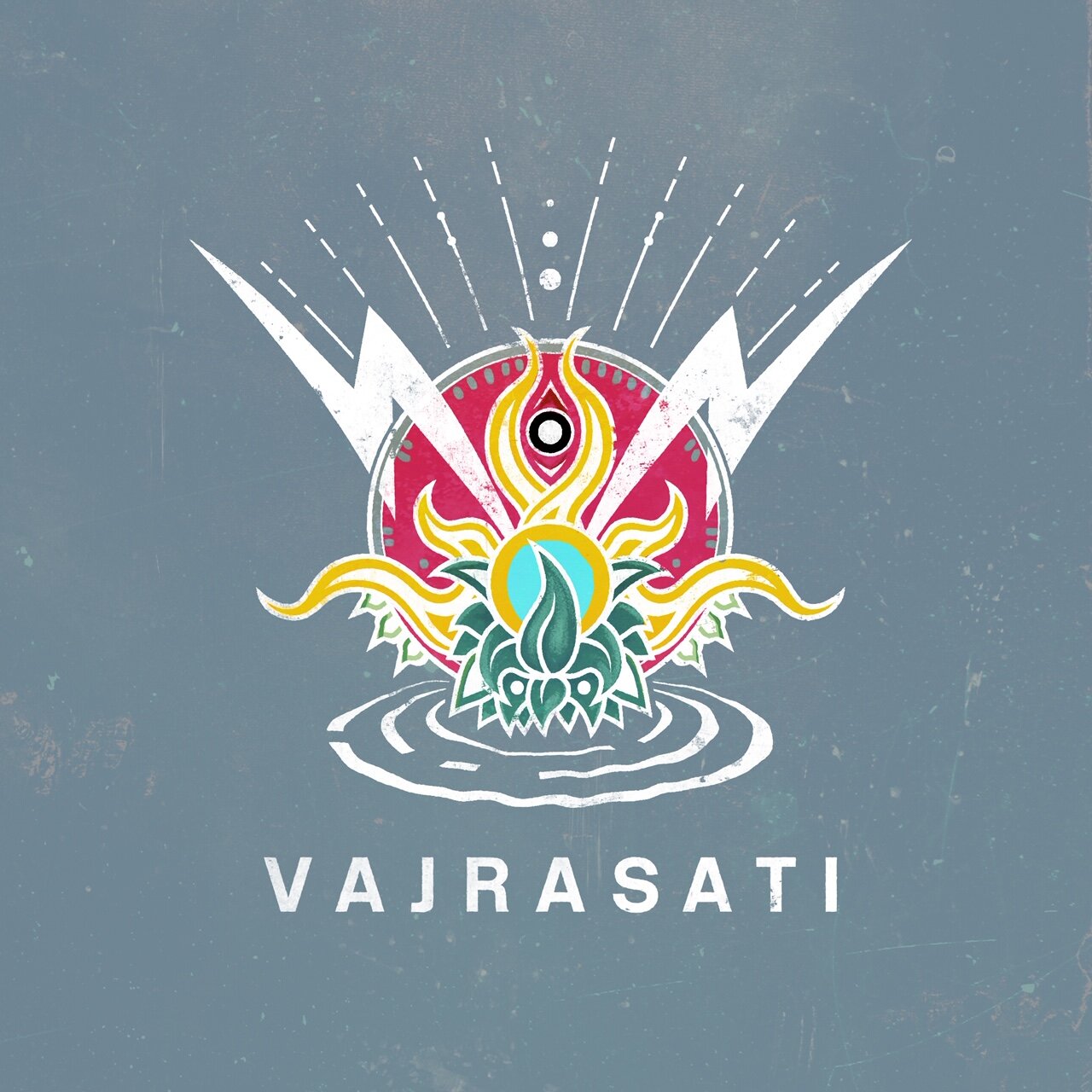Pranayama Guidelines
General guidance on how best to practice pranayama
Lying down pranayama is suitable for all, including those new to the practice, because
It allows the student to concentrate on the practice without having to worry about posture.
It allows the student to keep body and mind free from tension.
During lying down practice, the diaphragm needs to keep releasing, the abdomen does not over inflate but we use its movement to feed the chest (provide room for the diaphragm). Therefore, watch out for force, keep the abdomen soft and listen to your experience above all else.
Rechaka and puraka need to be practiced and developed first as they plant the seeds for ujjayi and kumbhaka. Ujjayi is the foundation of viloma. From these three, all other pranayama evolve.
Eyes should always be closed during pranayama.
Under no circumstance should we be forceful (practice satya). If the nadis are not open and one forces, its like pushing against a coiled-up spring, eventually it pushes back. Allow prana to flow by moving in as you let go (let the sun be guided by the moon). Note all the release is natural; be with your experience but give it space.
Too much practice can, for the same reason, be problematic (build your practice honestly). If your practice is too lengthy, prana backs up and forces itself whereever it can flow, potentially causing an overflow of prana there. This is most common in the head and/or the solar plexus and this can lead to headaches or being over fired up.
If the airways become blocked or you need to swallow in mid cycle, try, non-forcefully, to finish that cycle. If any tidal air is breathed in during rectification of the problem, then this must be expelled again before returning to the pranayama. This is done by taking a deep breath and fully expelling the tidal air. This is always the case in regards ‘tidal air’ that it should be expelled before beginning a pranayama cycle.
If headaches or irritability occurs, take note of points 1-5 and observe your practice. It is very unlikely that either condition will occur during lying down pranayama.
As with asana, meditation, mantra, bhakti, if there is a feeling of force, then we are stepping outside the advice of the yamas. This is comparable with a man trying to find north by throwing away his compass. It is fruitless trying to take until experience is ready to give, so if we are not present and ready, then when experience gives us the green light we are neither willing to move nor know when it is timely.
Although in pranayama we are breathing into the chest, we must keep the abdominal area free, it’s not a case of either or but a subtle balance between the abdomen and the chest. This is particularly important towards the end of an in breath so that the spleen, liver and stomach can release, allowing more down feeling in the diaphragm feeding more up feeling in the chest. So there’s a sense of lengthening the abdomen to feed the chest; if the chest is taking time to release and inflate then the abdomen acts as a kind of overflow.
When extending the length of the in breath, think of the marathon runner and consider pace.
For a full pranayama session, see Introductory pranayama
